Pedestrians who frequent the Old Geelong Road in Hoppers Crossing will now witness an interesting design intervention during their daily commute across the railway line. Adorned with colourful tiles arranged in interesting patterns, the prosaic and utilitarian pathway now exudes a playful energy.
There are a few things that remind us of the inceptive years of the industrial age: Vintage advertisement prints, radio cassettes, analogue photographs, rotary phones. When these old-fashioned designs are layered with a bit of contemporary flair, they fit nicely with newfangled trends and also invoke a bit of nostalgia. Contemporary Australian artist, Peter Atkins’s latest project, TRACKwork, manages to elicit the remembrance of similar times, inspired as they are from the unique train tickets issued out to train passengers from the western suburbs of Australia during the 20th century.
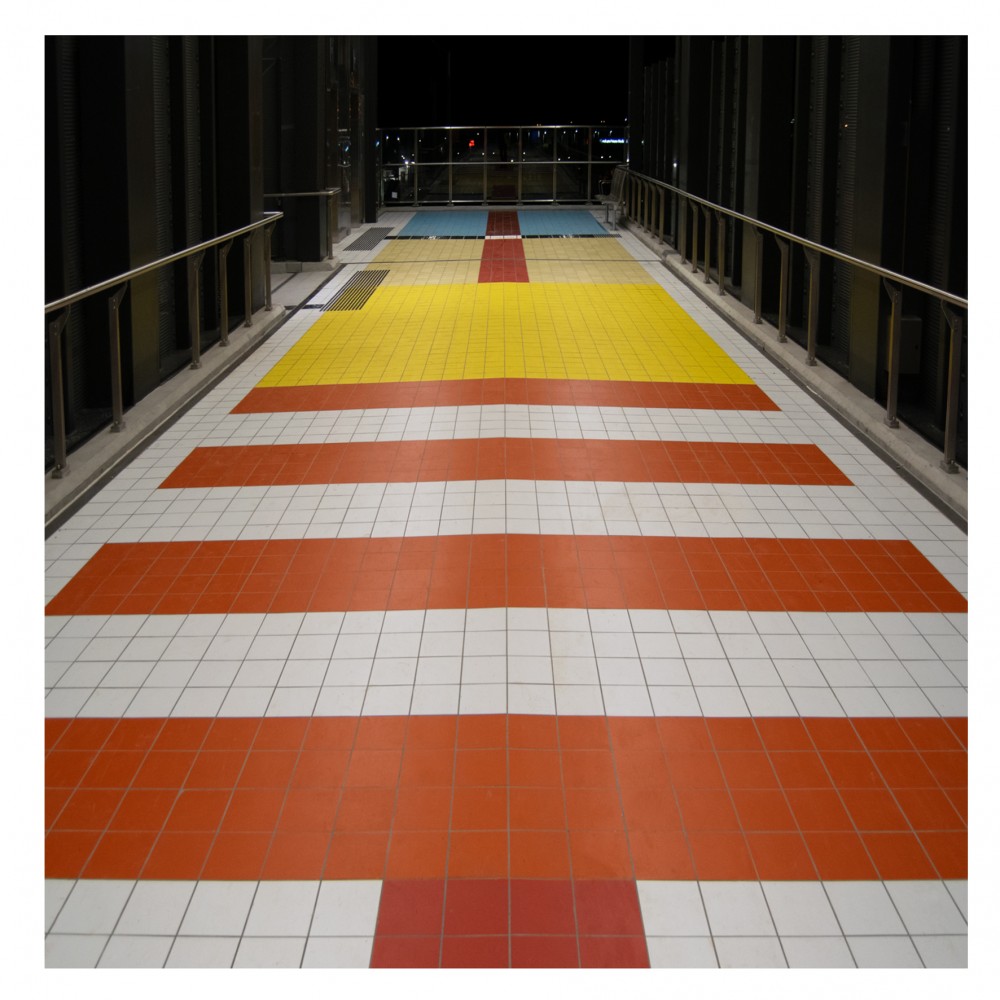
Atkins’s TRACKwork is a public art project, installed on the pedestrian overpass on Old Geelong Road in Hoppers Crossing, a suburb of Melbourne. This 70 metre long walkway, originally designed by the Australian architectural firm, Denton Corker Marshall, helps provide a connection for pedestrians, cyclists and rail passengers over the rail line. Atkins’s abstract design, created on this pathway with the usage of approximately 11,000 tiles in ten different colours, took a total of three weeks to complete. “What is revealed is an extremely evocative collection of colourful abstract forms that represent a complicated and fascinating visual coded language, a railway vernacular,” says Atkins.
The Australian artist first began working on this project in 2013 as part of ‘On Top of the World: Flags for Melbourne’, a public art project which invited 17 artists to design flags with a focused exploration of the symbolic, semantic and decorative potential of flags. The final designs were fixed on flagpoles across Melbourne, along with a simultaneous exhibition ‘Melbourne Now’, put together at the National Gallery of Victoria. Atkins created patterned flags that reference his own collection of tickets and draw direct inspiration from the book ‘Suburban Tickets of the Victorian Railways’.
The result was a vintage design created by abstracting obsolete train tickets that were issued between 1920 and late 1980s. This pattern, enlarged by the Australian artist to fit suitably on the pedestrian walkway in Victoria, Australia, manifests itself in the form of exquisite geometric colour-blocks. “All those circles and stripes meant something. It's like the stripe was a return ticket, the circle was to certain stations. Your colours represented particular stations… the brown might've been a one-way ticket, and then the yellow part was the return ticket,” explains Atkins about the subtle metaphors that hide under his bold design.
By deconstructing culturally loaded entities such as the train tickets and concealing the resultant abstract features in a visually appealing pattern, Atkins manages to create designs that celebrate history, while also staying true to minimalist design. Atkins’s development process consisted of stripping away these vintage tickets of their unnecessary details such as the text and other patterns and focusing instead on the background on which these details were set. “This artwork continues my interest in the appropriation and deconstruction of incidental, yet culturally loaded, ready-made abstract elements from the real world that I recontextualise and celebrate as part of our collective social history,” says Atkins.
The patterns perfectly fit the Hoppers Crossing walkway. Just like the overpass connects the two sides across the railway line, these abstract patterns connect pedestrians to the stories of past journeys. Their vibrancy enhances user experience, both by stimulating emotions and igniting imaginations.






 Sign in with email
Sign in with email


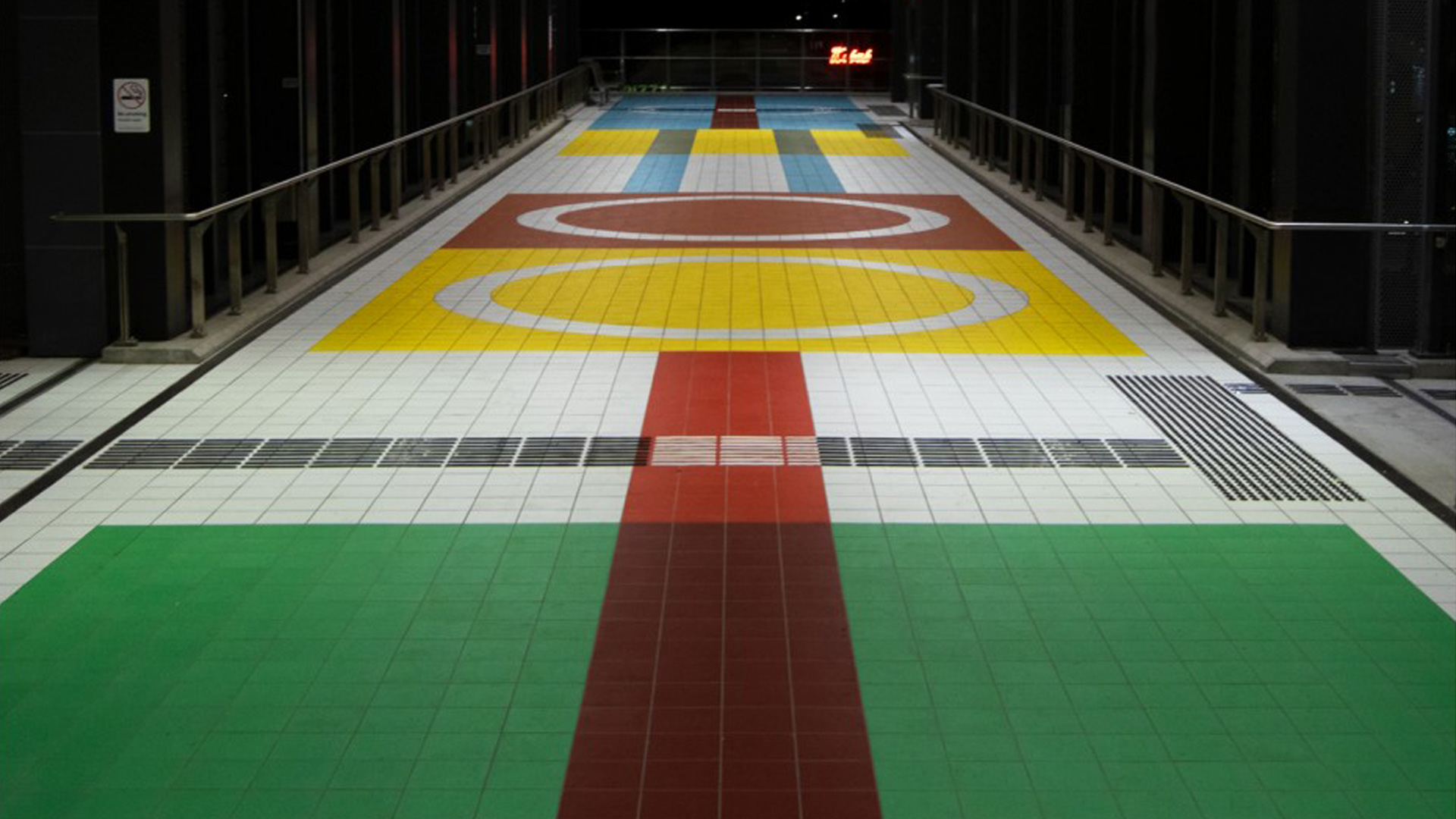
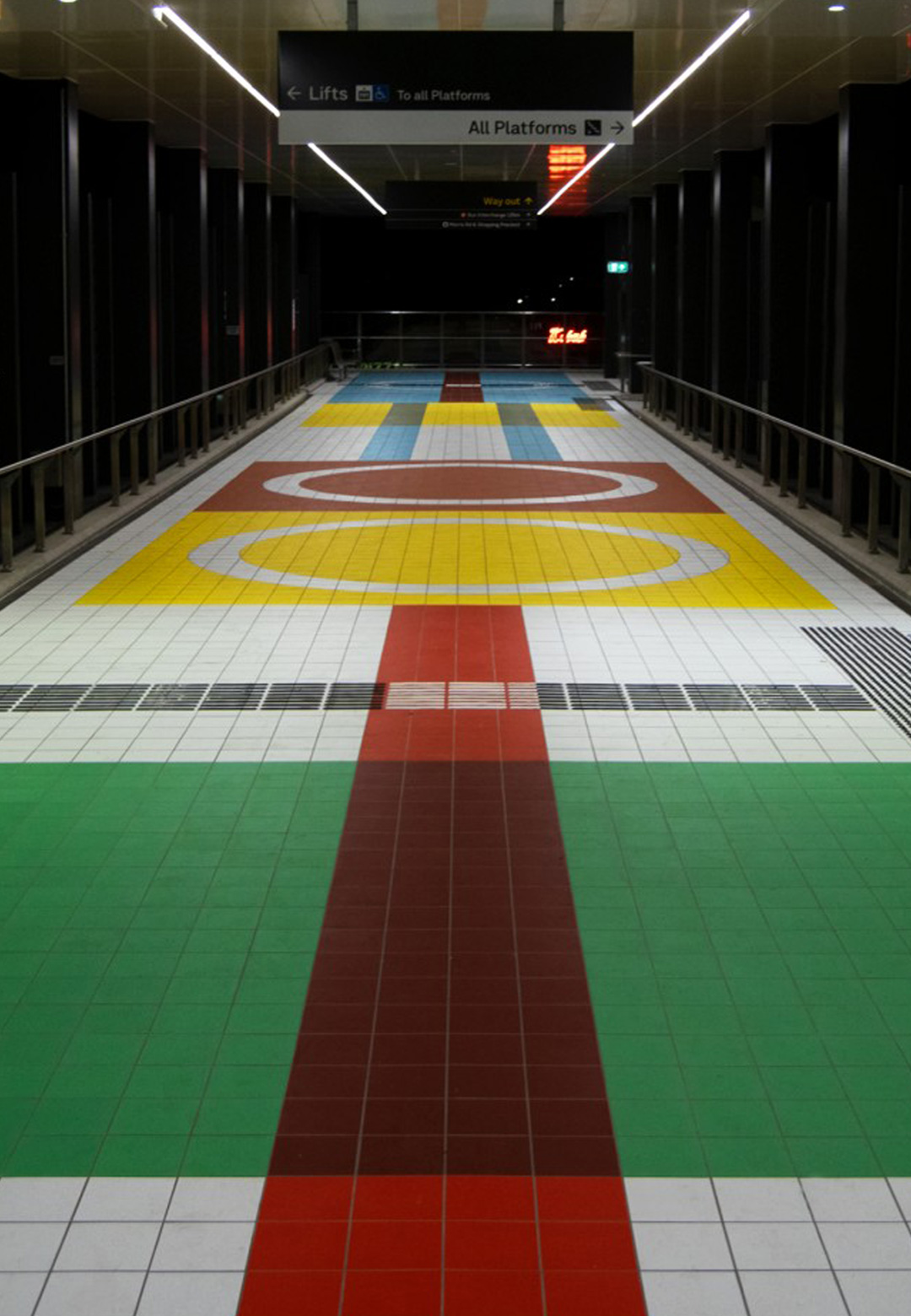
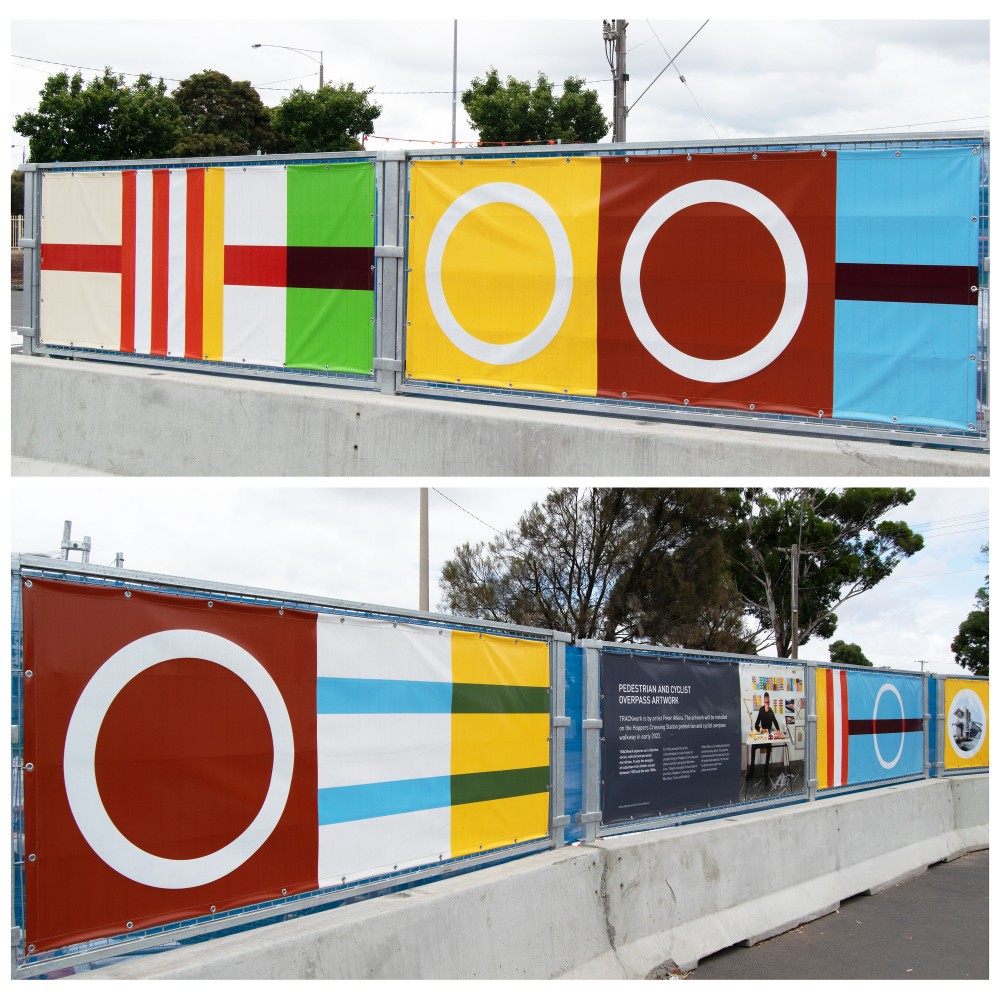
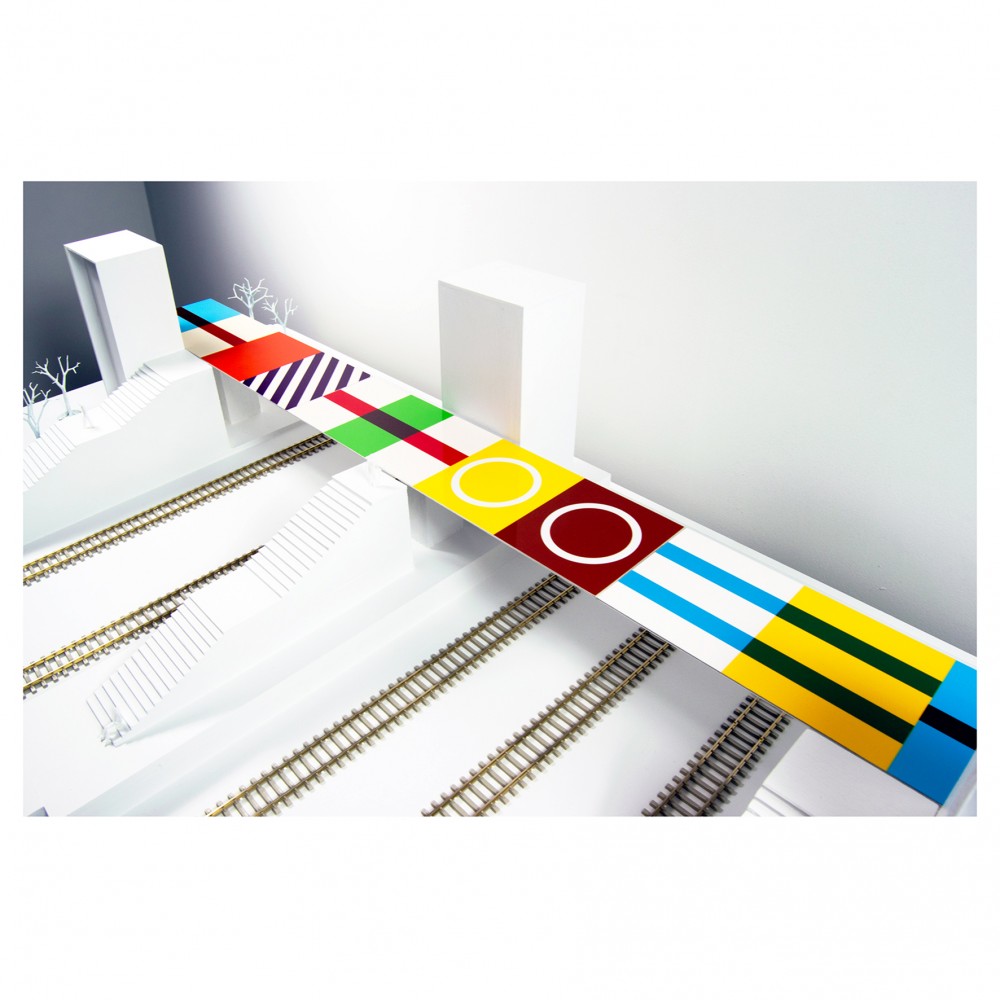
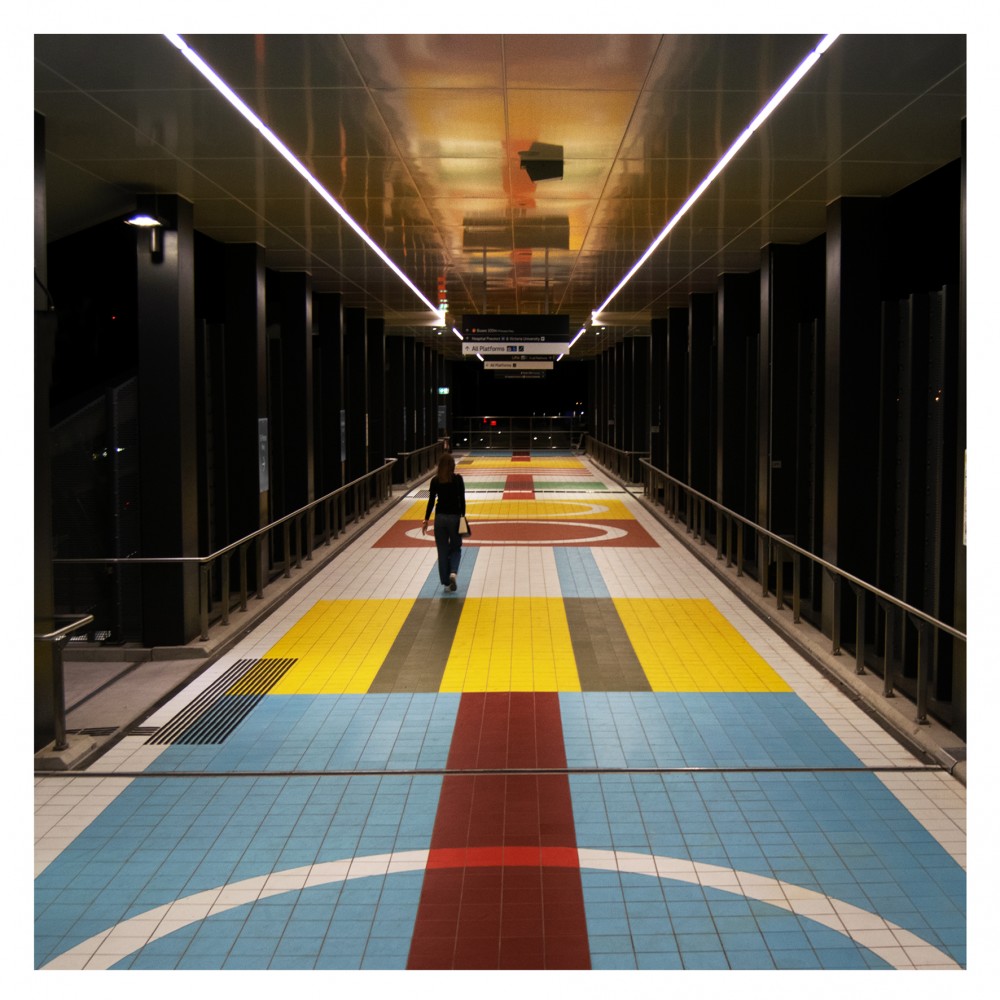




What do you think?